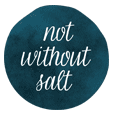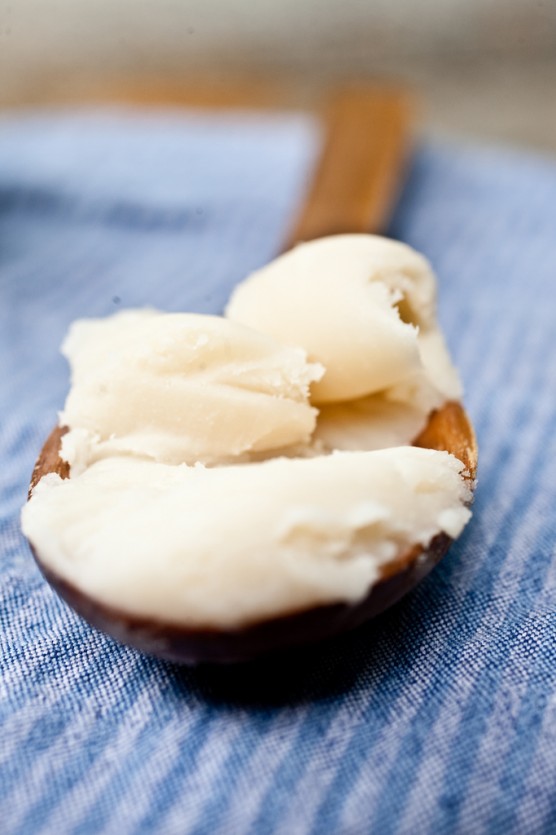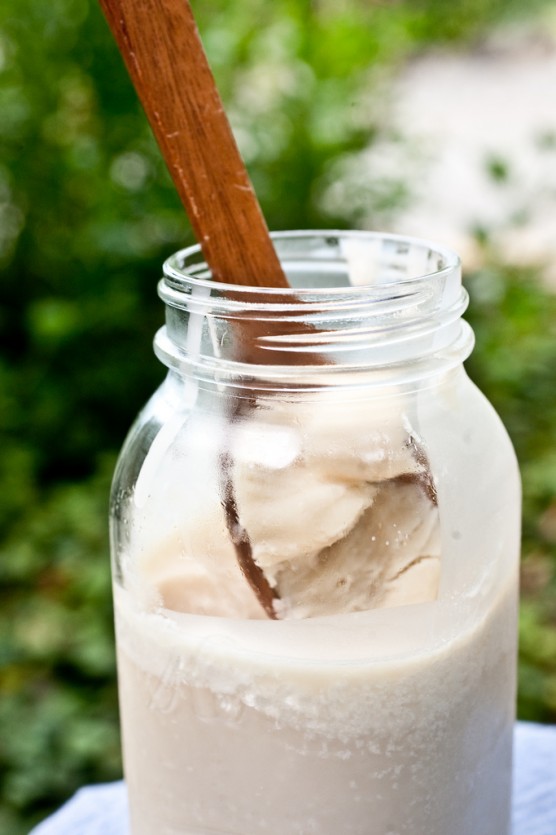Nothing Goes to Waste
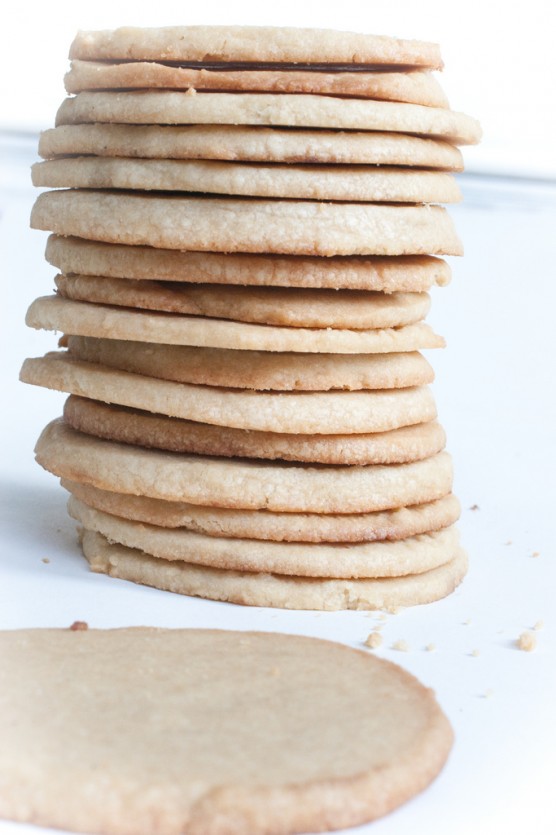
So now that everyone has their lard rendered let’s make some shortbread.
Wait. What?! You haven’t rendered your lard yet?
I understand. Some people are less than thrilled to be fondling pig fat. If you haven’t gotten around to producing your own batch of the white gold then do yourself a favor – make some bacon.
Enjoy said bacon. Maybe even make some bacon caramels. Or a BLT since there is no better time to bite into a tomato so sweet it’s as if the sun itself has been feeding the ruby orbes spoonfuls of sugar.
But whatever you do do not throw out your bacon fat. Nothing goes to waste – especially not the salty, smoky and creamy drippings that come from cooking bacon. Use the fat to cook your eggs, butter your toast with it, grab and spoon and eat it – well, not really – that’s gross.
Make shortbread with it.
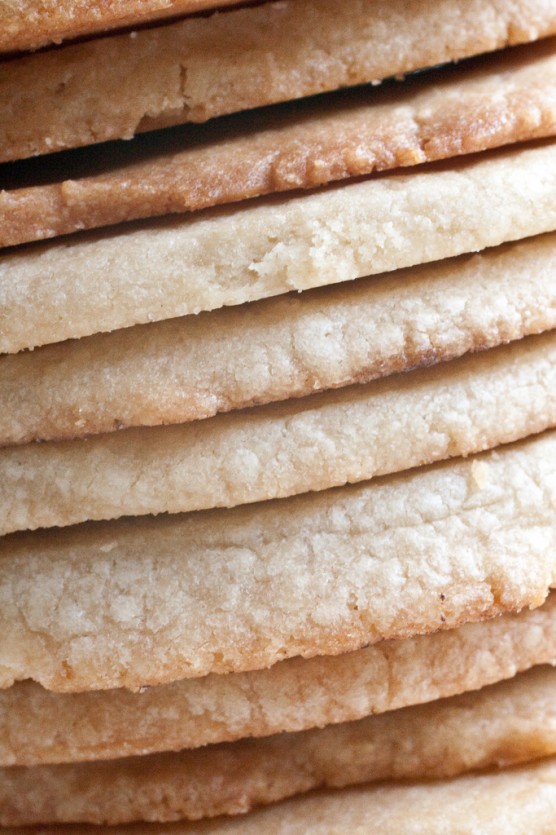
The other night I had a vision – covered in sugar. Inspiration for a new dessert hit and I listened then immediately set out to make my dreams a reality.
Before all my crazy lard rendering experiments I thought about the possibility of baking with bacon fat. I imagined the slightly salty and savory flavor would be an intriguing complement to caramel, maple, molasses and cream.
What manifested from that thought was a slight modification of David Lebovitz’s Salted Butter Caramel Ice Cream and tender shortbread infused with bacon fat. A grown up ice cream sandwich.
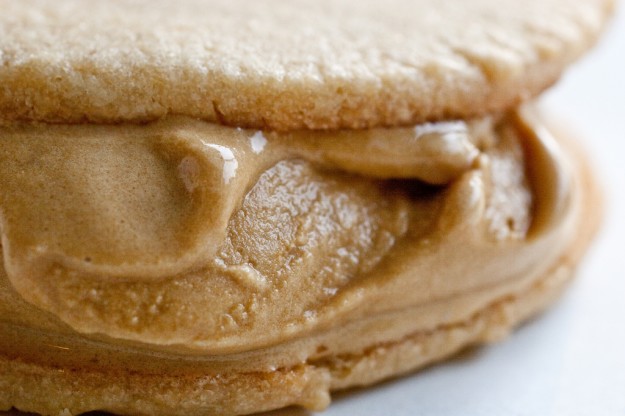
And even though they are messier than my 1 year old at meal times the taste was as exciting as the dream that inspired its birth.
The bacon flavor was subtle – just enough to let you know something was unique about these cookies. Enough to make the complexity of the ice cream scream even louder and enough to calm the sweetness so that eating multiple ice cream sandwiches is highly possible.
On their own these cookies are fantastic. Yielding a tenderness only possible with ample fat.
The secret ingredient will have your tasters questioning your sanity but one bite later they’ll be eating their words – and all of your cookies so watch out for that.
In these penny pinching times do your part – don’t waste anything – including your bacon fat. Make cookies with it.
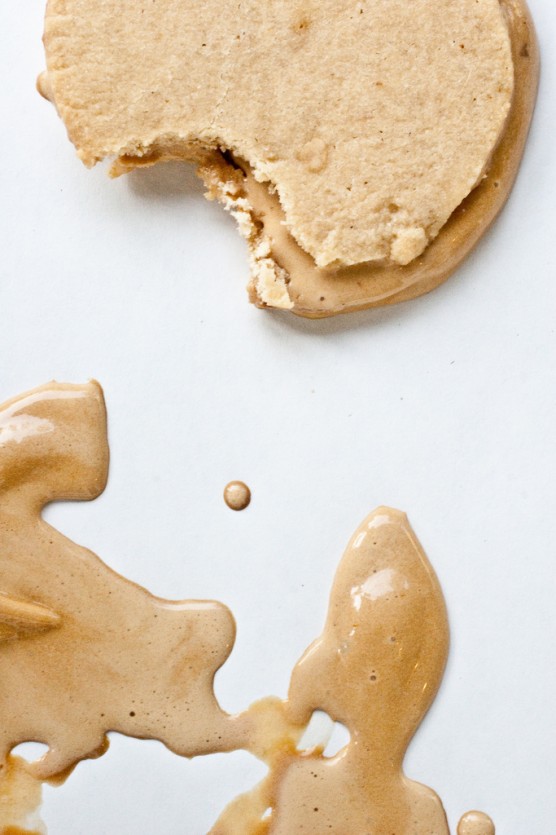
Bacon Fat Shortbread Cookies
3/4 cup butter, room temperature
3/4 cup bacon fat, room temperature (if you did render lard you can also use that – and good for you!)
1 cup sugar
1/3 cup brown sugar
2 tsp. salt
3 egg yolks
2 tbl. vanilla extract
3 3/4 cup All-Purpose flour
*This recipe makes a LOT of cookies. Feel free to cut the recipe in half or wrap some of the dough very well and freeze. Should last at least 1 month.
In a medium bowl combine the butter, bacon fat, sugars and salt and cream until well blended or about 2 minutes. Add the egg yolks one at a time, making sure each yolk is well incorporated before moving on to the next. Stir in the vanilla. Add the flour and mix until just combined.
Roll the dough into a log (or multiple logs as this makes a hefty amount of dough) on wax or parchment paper. Refrigerate until firm. If you plan to use the dough for ice cream sandwiches make sure the log is big enough to produce cookies large enough to hold plenty of ice cream. My cookies were about 3-4 inches wide.
When ready to bake pre-heat your oven to 325*. Carefully slice the cookies 1/4-inch thick. Arrange on a parchment lined sheet tray and bake for 10-15 minutes or until the edges are golden.
*If you can find some or have it on hand try replacing some of the sugar with Maple sugar. I’m sure it would be completely fantastic.
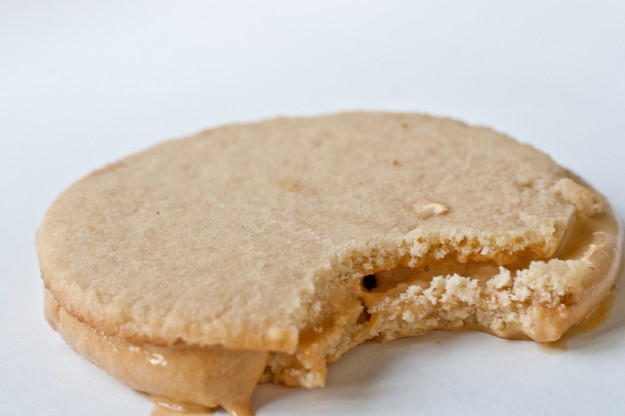
David Lebovitz’s Salted Butter Caramel Ice Cream
* I added replaced half of the sugar with brown sugar in the ice cream custard.
* I added 2 tbl. Maple Syrup to the Caramel Praline mix-in.
This ice cream is incredibly rich. The best homemade ice cream I have ever made – and I’ve made more than one should be allowed in a lifetime.
The key to its rich and unique flavor is to get a deep dark color when carmelizing the sugar.
David Lebovitz is a sugar genius. His instructions and photos hold your hand every step of the way.
